‘Sharp and Subversive’ Scenes of Integrated 1940s Summer Camps
Gordon Parks’s Photos of Black and White Kids at Play Resisted Segregation in Nature and Beyond by Presenting a Vision of America as He Hoped It Could Be
One day in 1923, three white boys pushed 11-year-old Gordon Parks into the Marmaton River in rural Kansas. Parks couldn’t swim and he tumbled under the surface, the current pushing his small body along. He hoped he would somehow find himself washed ashore, far away.
“Swim, Black boy, or die!” his assailants shouted as he floated away.
Twenty years later, in the summer of 1943, Parks was at a summer camp in upstate New York, taking photographs of white and Black children at play in a lake. His near-drowning must have been on his mind as he captured scenes still rare in America at that time: Kids of various races swimming, boating, laughing, eating, and working together.
Some might wonder why Parks, who would go on to become a celebrated photographer and a civil rights hero, chose to record these mundane scenes of docks and dining halls when experiences like his own in the Marmaton River—not to mention lynchings—still occurred in 1940s America. Seen another way, however, Parks’s camp images are sharp and subversive, stark statements from a man who later described his camera as “a weapon against poverty, against racism, against all sorts of social wrongs.” By presenting an idyllic vision of America as he hoped it could be, but knew it wasn’t, Parks created photos that resisted the country’s segregation, in nature and beyond.
Parks had gone to the summer camps on assignment for the Office of Wartime Information to document scenes of everyday life. But Black children enjoying integrated natural spaces was not, actually, a part of everyday life at the time. By the 1940s, American culture had been systematically excluding people of color from outdoor recreational spaces, both physically and ideologically, for decades. As the U.S. urbanized at the end of the 19th century, many white people regarded (and cordoned off) wild and natural spaces as places for white people to go for a reprieve from metropolitan life. Summer camps, in particular, emerged as segregated spaces for white boys to cultivate masculinity through outdoor recreation.
But a small number of organizations used what historian Marcia Chatelain calls “camping activism” to counteract this ideology, including administrators at the New York camps Parks visited. Typically run by local charities or churches, these Northeastern organizations offered outdoor activities for children of color during the first half of the 20th century (though they never came close to offering the same number of camping activities available to white children nationwide). These progressive camp leaders believed that refashioning summer camps into microcosms of integration would advance equity in the outdoors—and elsewhere.
Parks’s images reflect that ideal. They champion camaraderie over exclusion. At the summer camps, his eye was drawn to Black and white kids sharing tents, swimming together, and eating together—intimacy that was taboo elsewhere at the time. He documented a Black boy helping a white boy bandage a cut, and climb up on a dock; he captured moments when Black girls set out happily on long hikes, or pulled bowstrings to take aim at archery targets. Through his lens, the campers are able to be themselves: joyful kids who indulge in comic books and relish juicy secrets.
Visually and symbolically, too, these photographs shift the American narrative. Unlike canonical paintings of the American frontier that showcased sublime wilderness scenery devoid of Native peoples—an act of human erasure that contributed to an assumption of white possession—Parks centered people in his nature narratives, depicting nature as a space of meaningful equality.
Parks’s photographs of Black children setting out on hikes also asserted their command of the outdoors, foreshadowing a more inclusive era. His portrait of the archer Loretta Gyles, which hearkens to statues of Greek goddesses, depicts a young Black woman for whom nature is her comfortable domain—a place where she can defend herself with poise and will not be victimized. Scenes in Parks’s summer camp photos mirror many of the most contentious segregated venues that later became sites of national protest: restaurants, restrooms, and outdoor recreation areas. The photos are harbingers of the 1960s civil rights movement.
“Whiteness,” W.E.B. Du Bois asserted in 1920, “is ownership of the earth.” Gordon Parks’s idyllic summer camp imagery directly challenged the grip whiteness held on the wilderness, providing a hopeful, even defiant vision of U.S. racial landscapes. Decades later, some white people still regard these places, as geographer Carolyn Finney wrote, as a “white space.” The recent Central Park incident where a white woman named Amy Cooper called the police on Christian Cooper, a Black birdwatcher, is one example of the way white people continue to deliberately exclude people of color from natural spaces.
Yet the historical presence of these summer camps, as interpreted by Parks, speaks to the alternative possibilities inherent in the outdoors.
This essay is adapted from Amanda Martin-Hardin’s 2018 article in Environmental History, “Nature in Black and White: Summer Camps and Racialized Landscapes in the Photography of Gordon Parks.”




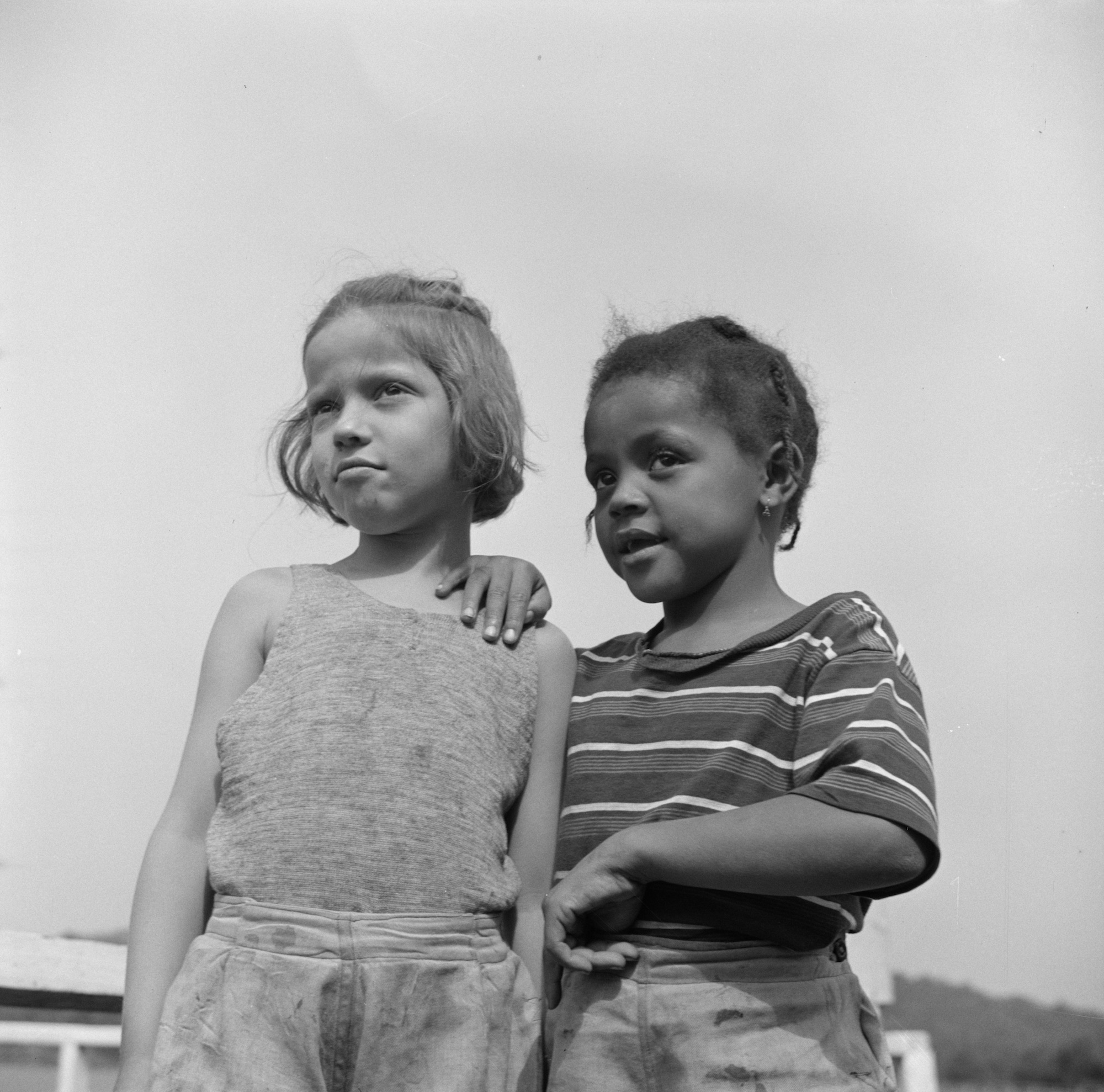
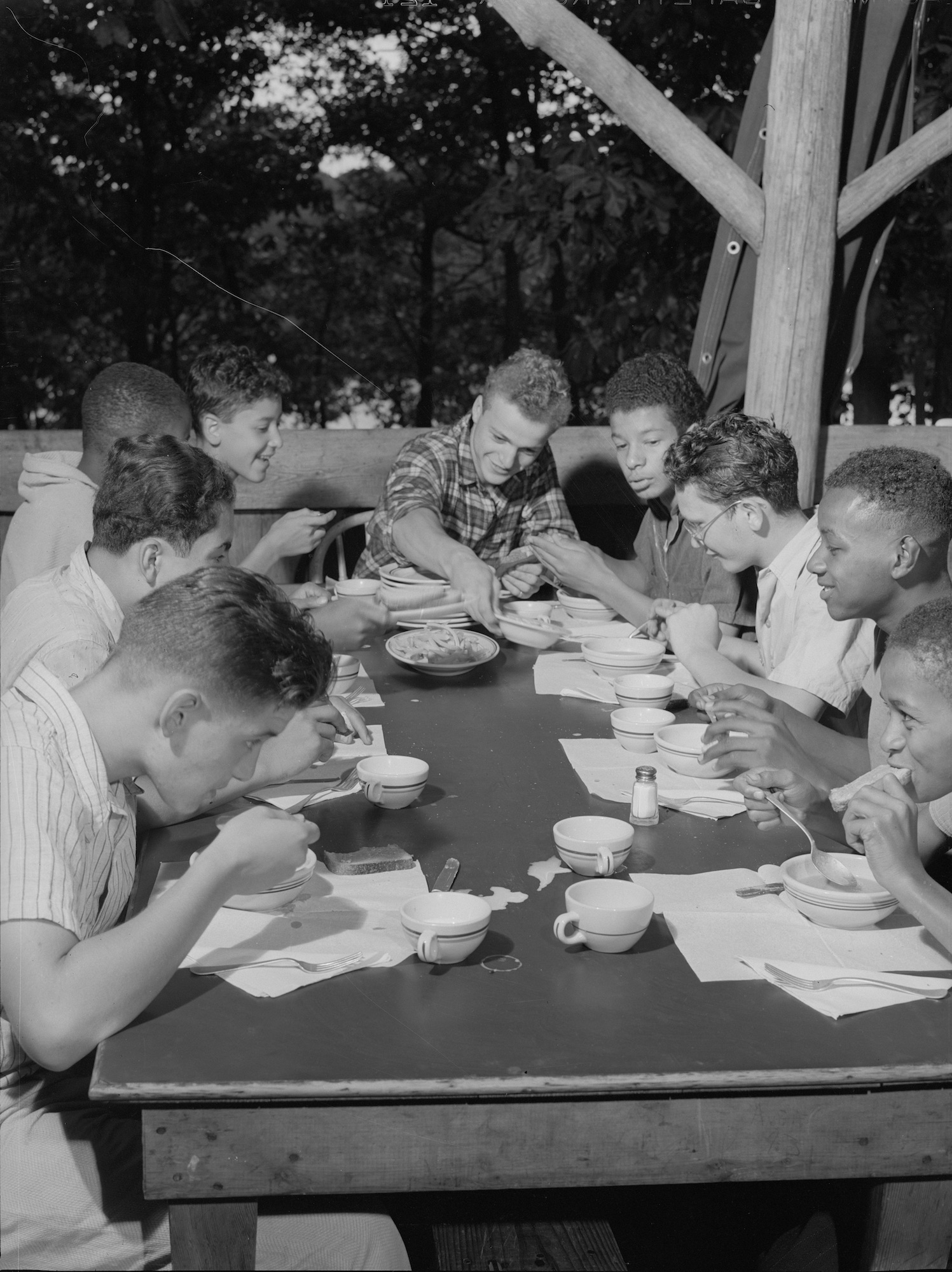
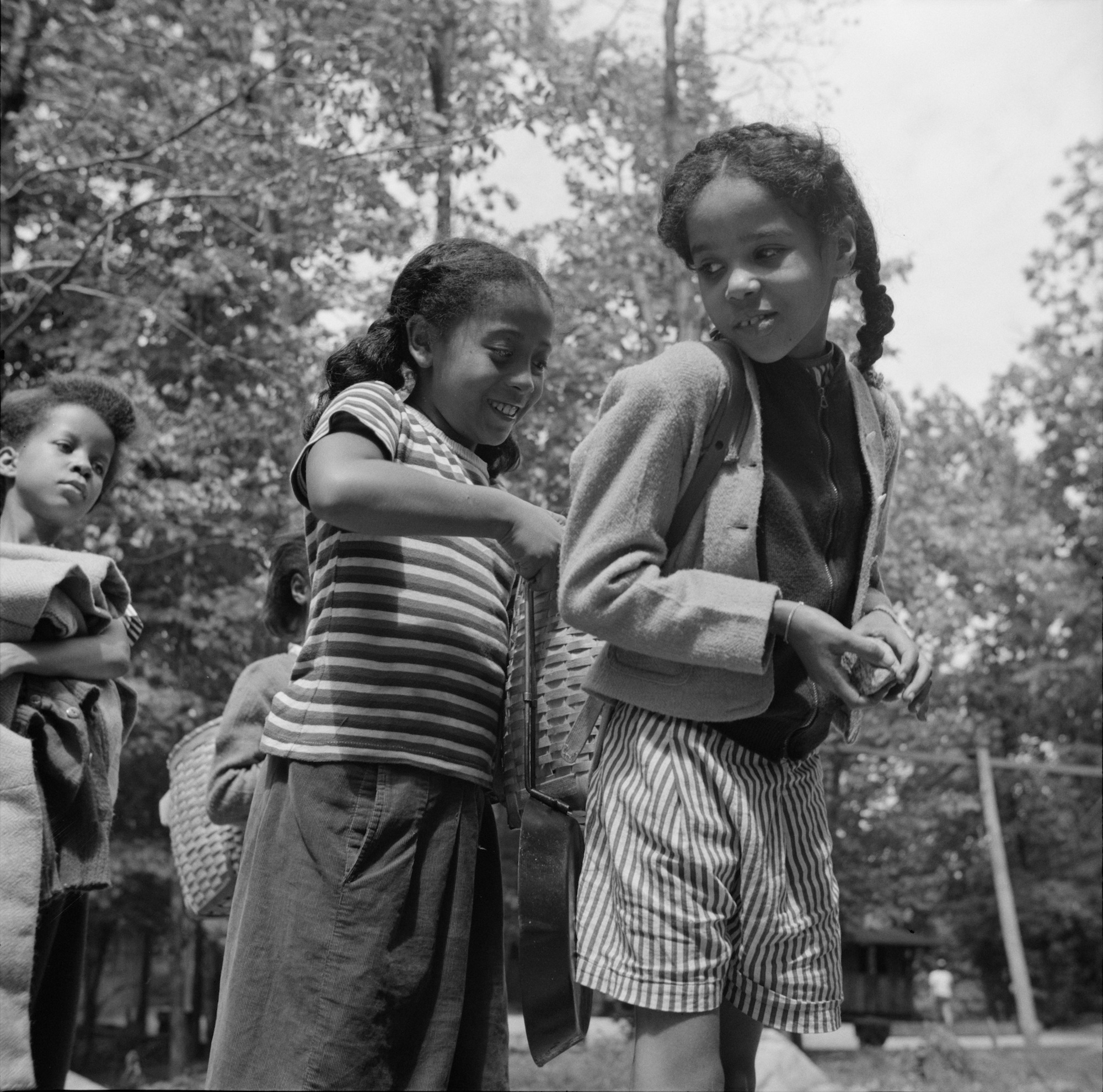
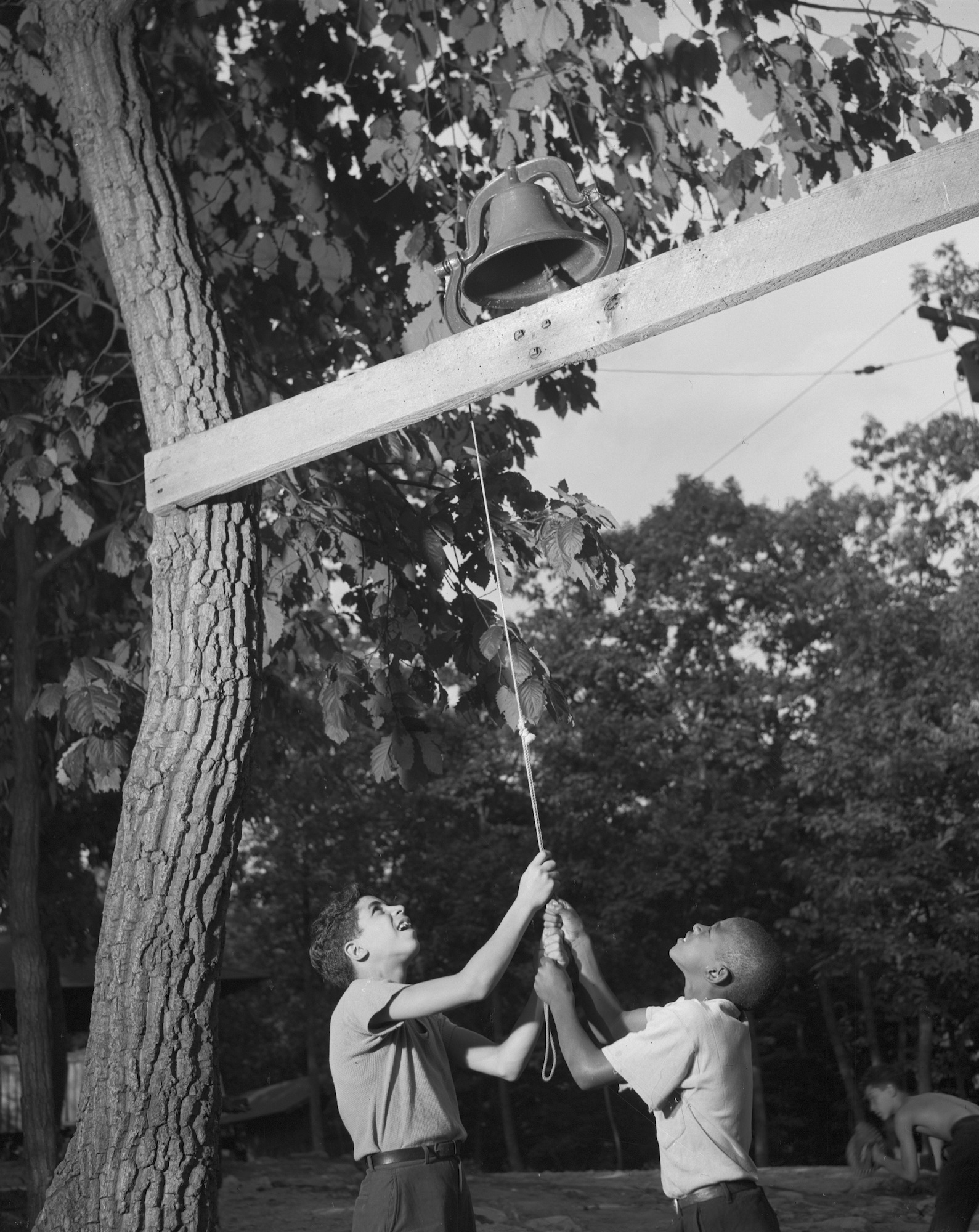

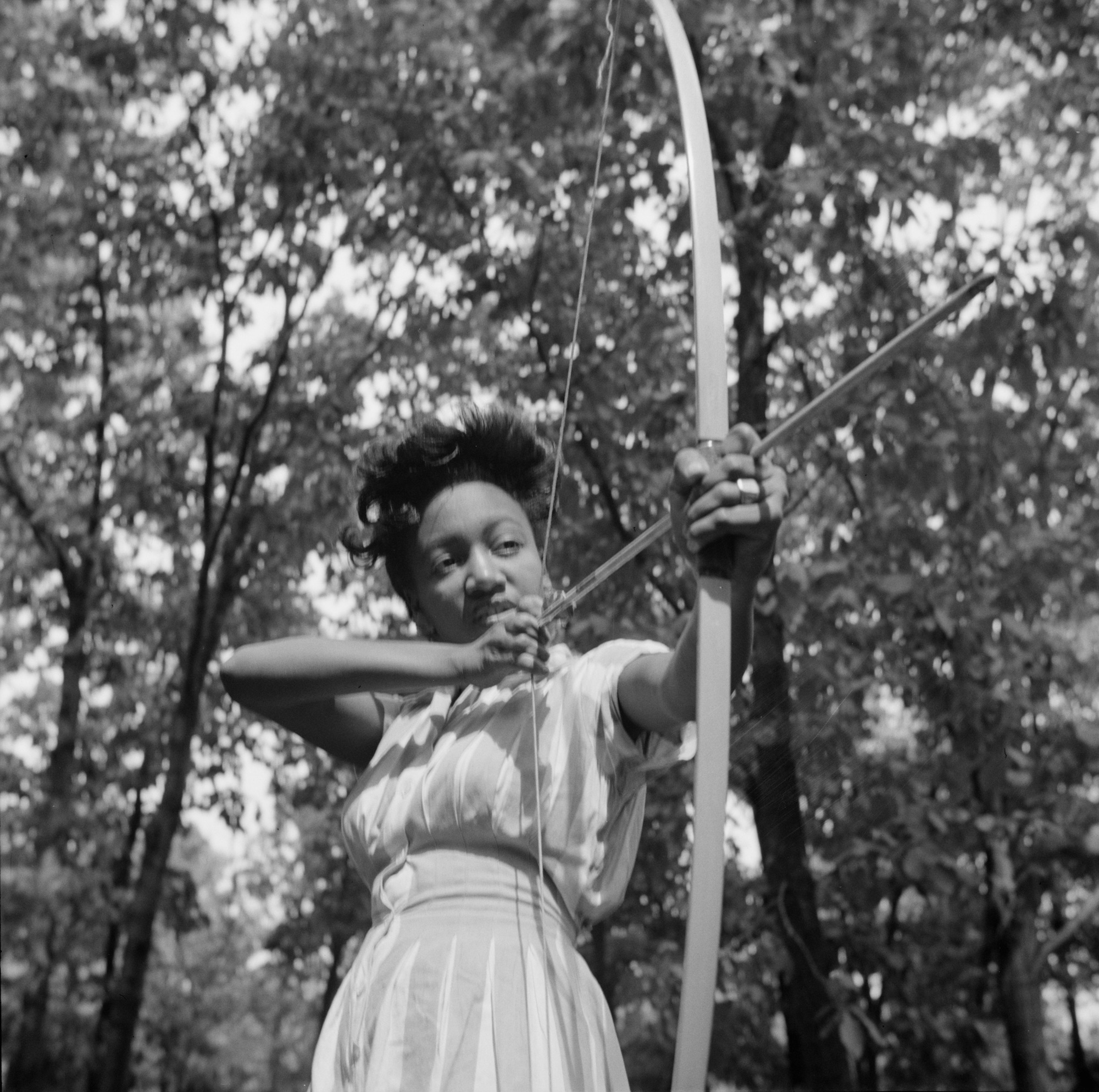
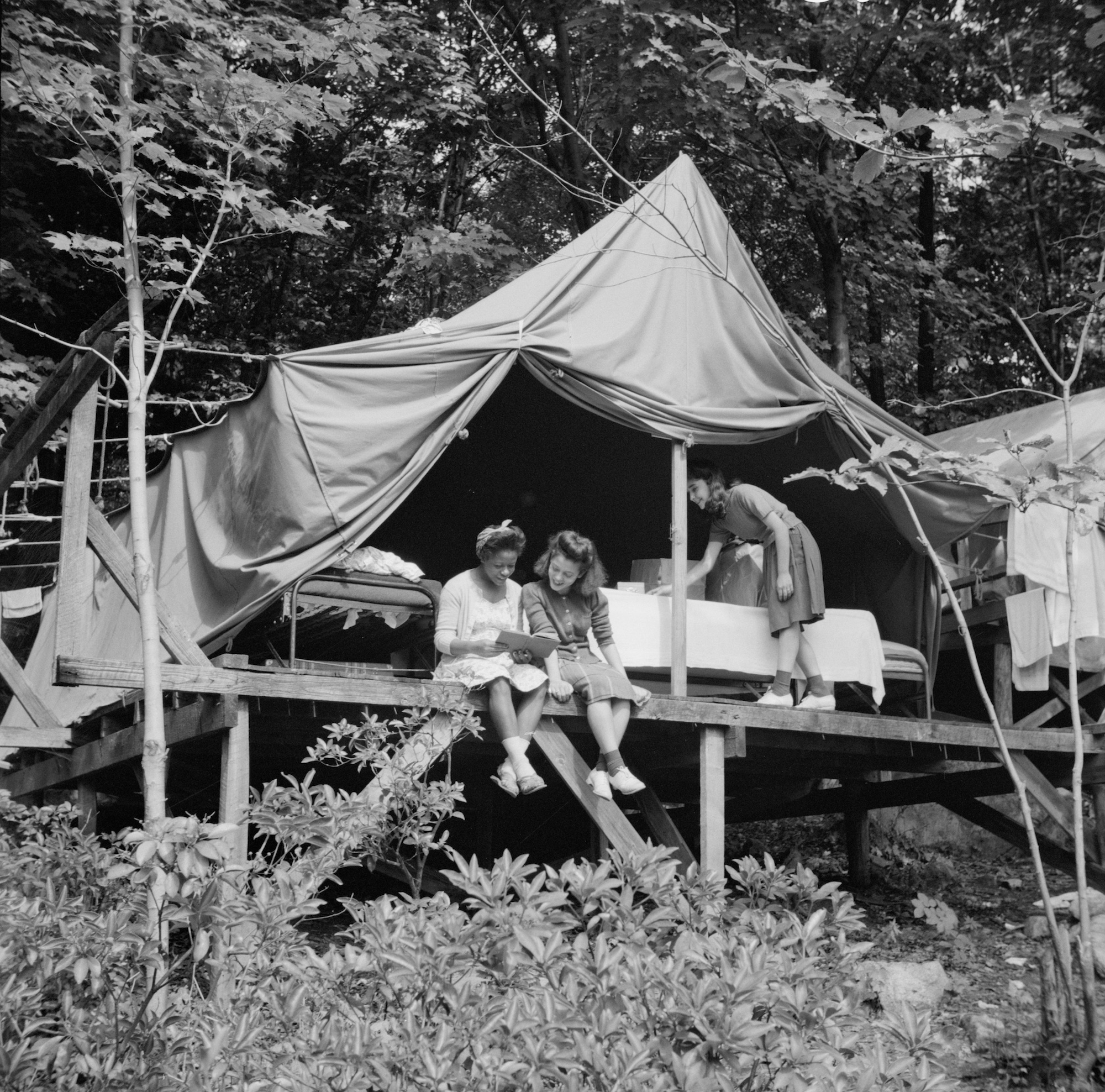


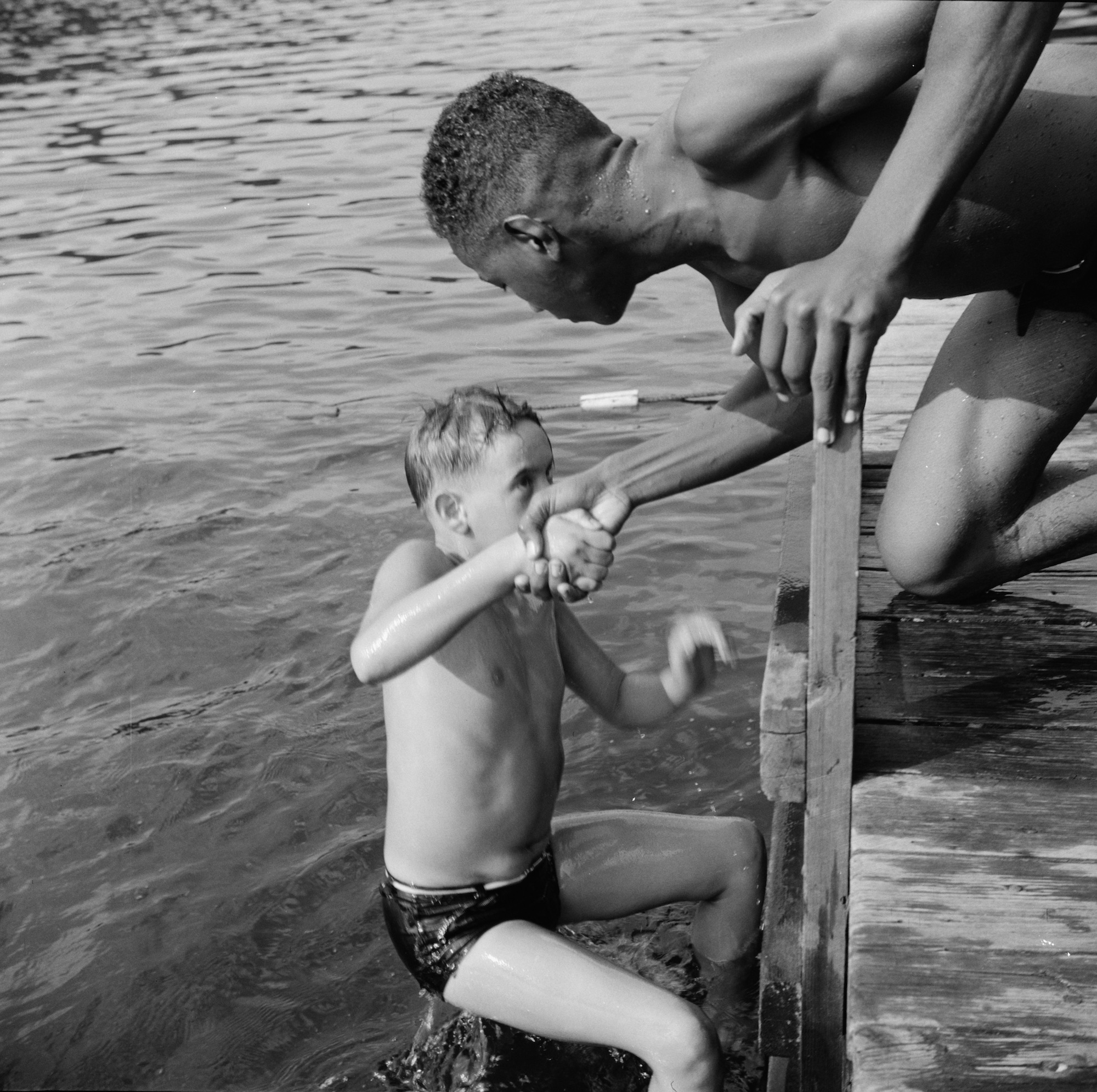
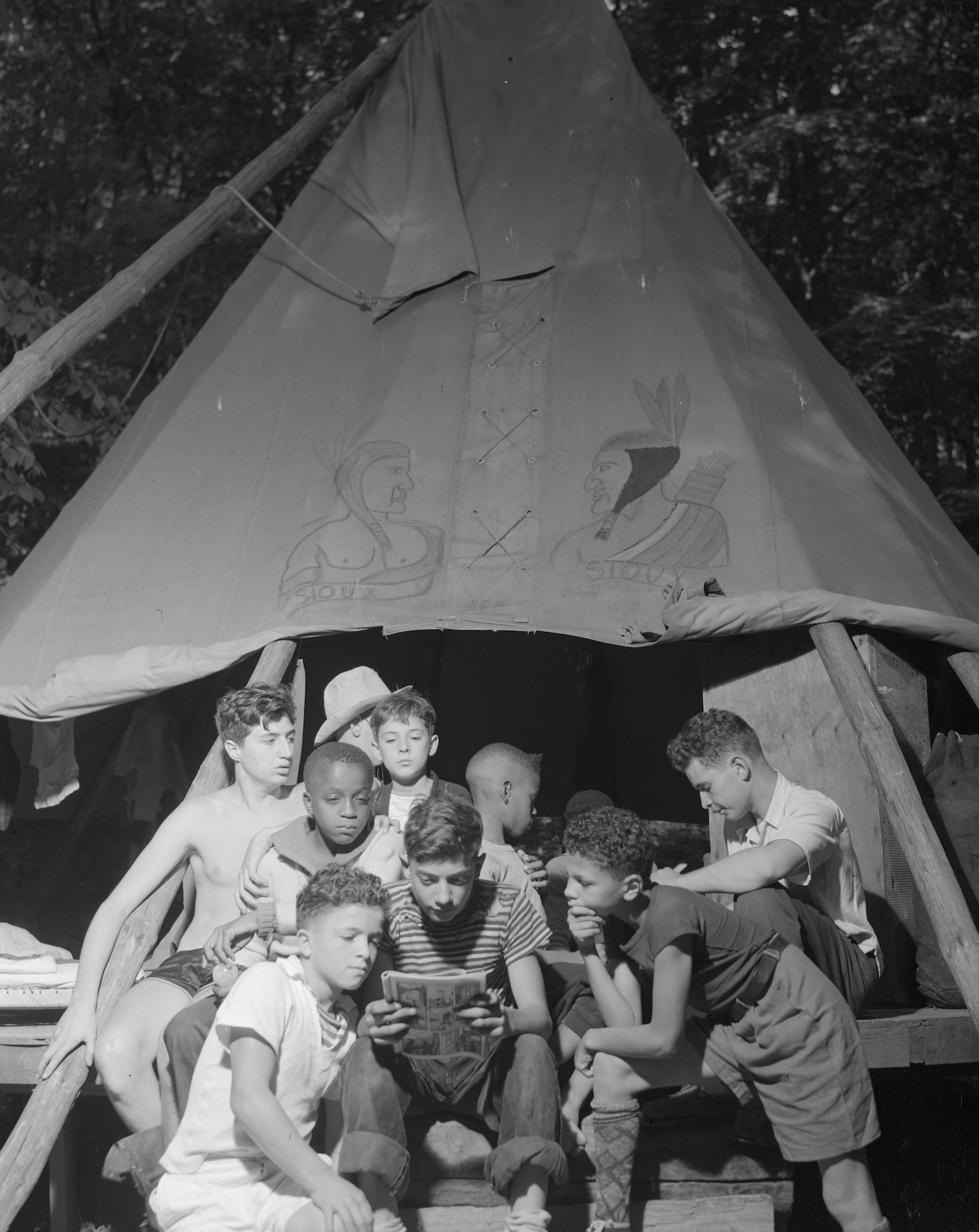

Send A Letter To the Editors